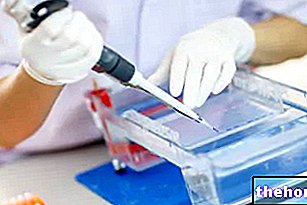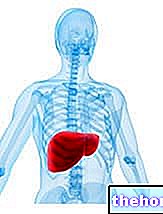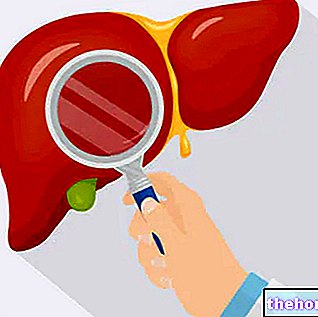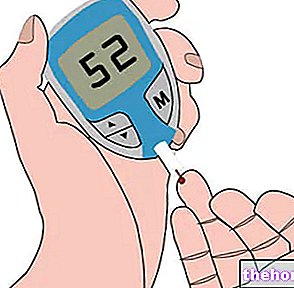Generality
NOTE: this article refers to the interpretation of plasma T4 values. To learn more about the metabolic role of thyroid hormones click here; for the therapeutic role of thyroxine, refer to the monographs: Eutirox ®, Tirosint ® and Tiracrin ®
Thyroxine (or T4) is the main iodized hormone produced by the thyroid; in particular, it is synthesized by the follicular cells of the gland, starting from thyroglobulin (Tg).

In the blood, the T4 hormone circulates bound to transport proteins, while a smaller amount, called FT4, is present in free (unbound) form.
Determining the amount of thyroxine (total or free) is useful for evaluating thyroid disease and explaining any abnormal TSH values.
What's this
Thyroxine or tetraiodothyronine - known more simply as T4 due to the molecular structure characterized by 4 iodine molecules - is the main thyroid hormone secreted by the follicular cells of the thyroid.
Once released into the bloodstream, due to the lipophilicity that hinders its solubility in water-based liquids, such as blood, thyroxine is largely bound to the so-called TBG (acronym for Thyroid Binding Globulin), and to a lesser extent to albumin and transthyretin.




























